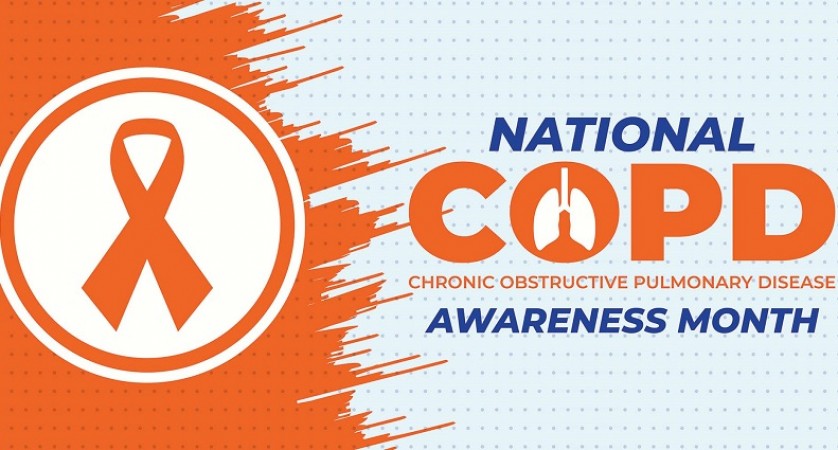
November is designated as National Chronic Obstructive Pulmonary Disease (COPD) Awareness Month, a time to raise awareness and educate the public about this debilitating respiratory condition. COPD is a chronic lung disease that affects millions of people worldwide, and it encompasses conditions such as emphysema and chronic bronchitis. While it affects people in both urban and rural areas, it is more prevalent in rural communities, primarily due to factors such as air pollution, occupational exposures, and a higher prevalence of smoking. In this article, we will delve into the importance of National COPD Awareness Month and the key reasons behind the higher prevalence of COPD in rural areas.
Understanding COPD
COPD is a progressive lung disease characterized by chronic airflow obstruction, making it difficult for individuals to breathe. The two primary conditions within COPD are emphysema and chronic bronchitis. Emphysema results from damage to the air sacs in the lungs, reducing their elasticity, while chronic bronchitis is marked by inflammation and narrowing of the airways, leading to excessive mucus production. Both conditions significantly impact a person's ability to breathe, resulting in symptoms such as shortness of breath, coughing, and wheezing.
Prevalence in Rural Areas
One striking aspect of COPD is its higher prevalence in rural areas. According to research, COPD is more than twice as common in rural regions compared to urban areas. Several factors contribute to this significant discrepancy:
Air Pollution: Rural areas are not immune to air pollution, and in many cases, they face unique challenges. Occupational exposures to dust, fumes, smoke, and chemicals are common in rural jobs such as farming, mining, and manufacturing. Prolonged exposure to these harmful substances can lead to the development and progression of COPD.
Smoking Rates: Rural communities often have higher rates of smoking, a major risk factor for COPD. The lack of access to smoking cessation programs and educational resources in rural areas can contribute to this increased prevalence.
Limited Healthcare Access: Access to healthcare facilities, including specialized treatment for COPD, can be more limited in rural areas. This can result in delayed diagnosis and inadequate management of the disease.
National COPD Awareness Month
National COPD Awareness Month aims to address these disparities and raise awareness about COPD's impact on individuals and communities. It serves several crucial purposes:
Education: By providing information about COPD, its risk factors, symptoms, and management, the awareness month helps people understand the disease and its consequences.
Early Detection: Encouraging individuals to get screened for COPD is a crucial component of the campaign. Early detection can lead to more effective treatment and improved quality of life.
Support: COPD patients, especially in rural areas, may feel isolated or lack access to support networks. National COPD Awareness Month promotes support groups and resources to help individuals cope with the disease.
Advocacy: The month also serves as a platform for advocating for policies that improve air quality, increase access to healthcare, and reduce tobacco use.
COPD is a debilitating lung disease that affects millions of people worldwide. While it impacts individuals in both urban and rural areas, the prevalence in rural communities is notably higher due to factors like air pollution from occupational exposures and increased rates of smoking. National COPD Awareness Month is an essential initiative that sheds light on this silent epidemic and encourages early detection, education, and support for individuals living with COPD. By addressing the specific challenges faced by rural communities, we can make progress towards reducing the burden of COPD and improving the overall lung health of the population.